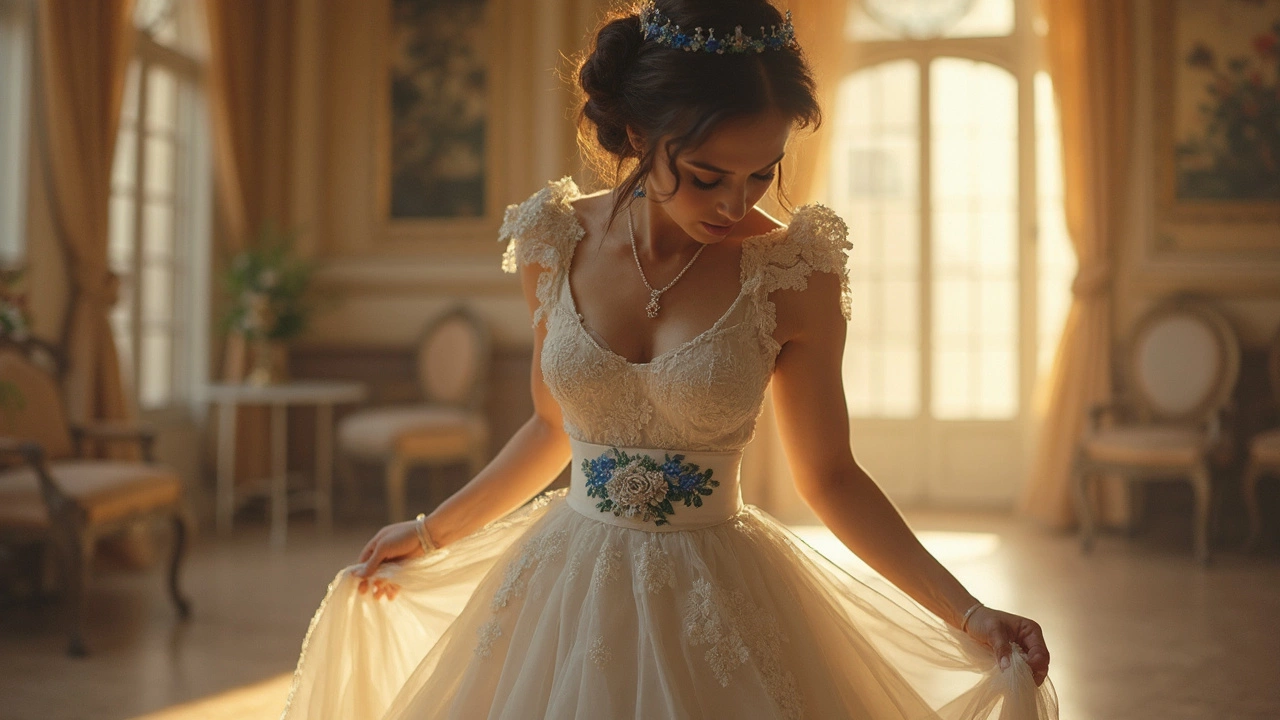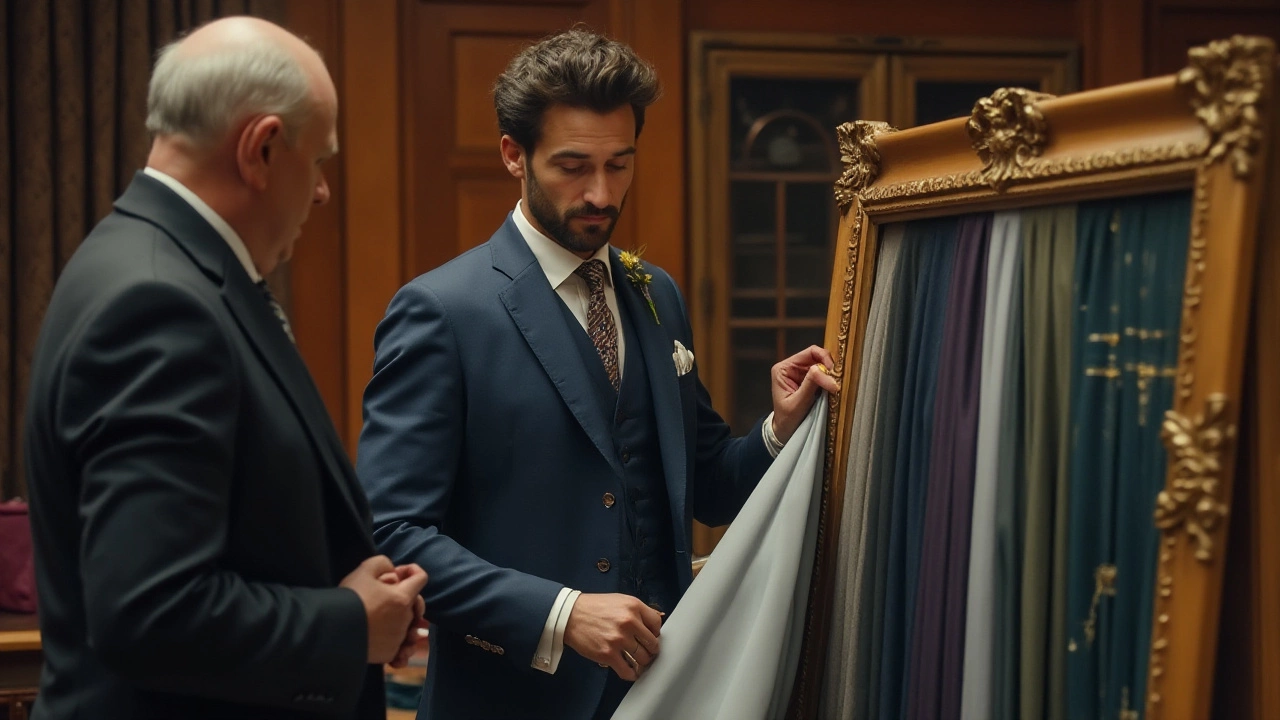Groom Suit Guide: Pick the Look That Fits Your Day
Planning a wedding can feel overwhelming, but choosing the groom suit is a step you can nail quickly. The right suit makes you feel confident, matches the bride’s dress, and suits the venue vibe. Below are the basics you need to know, broken down into simple steps.
1. Pick the Right Style for the Setting
First, think about where the ceremony will happen. A black‑tie city venue usually calls for a classic tuxedo or a sleek midnight‑blue suit. A garden or beach wedding feels more relaxed, so a light grey or navy linen blend works great. Ask yourself: does the venue feel formal or laid‑back? Your answer will guide the cut, colour, and material.
When it comes to cut, a slim‑fit jacket looks modern, while a regular fit feels timeless. If you’re on the shorter side, a slightly shorter jacket and a higher button stance can add height. Tall grooms often look best with a jacket that hits the hips and a trouser break that’s just a touch longer.
2. Fabric Matters – Choose Comfort and Season
Summer weddings call for breathable fabrics like lightweight wool, cotton, or linen. Winter celebrations work well with heavier wool or tweed. If you’re unsure, a medium‑weight wool blend is a safe middle ground that adapts to most temperatures.
Check the suit’s lining too. A full lining adds structure but can feel warm; a half‑lining stays cooler while still giving shape. For outdoor events, consider a suit with a removable lining so you can adapt on the day.
3. Colour Coordination with the Bride
Most brides choose white or ivory, which means almost any colour works for the groom. Classic black, navy, charcoal, and deep green are popular choices. If the bride’s dress has subtle colour accents (like a blue sash), matching that hue can create a subtle but striking tie‑in.
Don’t forget the wedding palette. If your colour scheme includes soft pastels, a pastel suit (think powder blue or dusty pink) can look fresh without stealing the spotlight.
4. Focus on the Details – Tie, Bowtie, Shoes, and Pocket Square
Accessories are where personality shines. A tie works for most looks; a bowtie adds a retro charm. If you’re unsure, bring both to the fitting and see which feels right. Keep patterns simple – a solid colour or a subtle stripe pairs well with most suits.
Shoes should be polished and comfortable. Black leather oxfords are classic, while brown brogues add warmth to navy or grey suits. A pocket square that picks up a colour from the bride’s bouquet or the wedding flowers ties everything together without looking forced.
5. Fit Is Everything – Get Tailored
Even the most expensive suit looks sloppy if it doesn’t fit. Schedule at least two fittings. The first fitting checks the basic shape; the second refines sleeves, trouser length, and any alterations needed.
When trying on the suit, move around – sit, stretch, and walk. You should feel free to move without the jacket pulling or the trousers feeling tight. Ask the tailor to leave a little extra room for the wedding cake; you’ll thank them later.
6. Plan the Timeline
Order your suit at least three months before the wedding. This gives enough time for fabric sourcing, tailoring, and any unexpected changes. Keep a checklist: suit, shirt, shoes, tie/bowtie, cufflinks, and any extra accessories you want.
On the day, have a small emergency kit – a needle, thread, safety pins, and stain remover wipes. A quick fix can save you from panic if something slips.
Choosing a groom suit doesn’t have to be stressful. Focus on fit, fabric, colour, and a few key accessories, and you’ll walk down the aisle looking sharp and feeling relaxed. Ready to start? Grab a few ideas, book a fitting, and enjoy the process – after all, it’s part of your wedding adventure.

- Dec, 8 2025
- Comments 0
Who Chooses the Groom’s Suit? The Real Rules Behind the Look

- Feb, 5 2025
- Comments 0
Understanding the Meaning of the Blue Garter at Weddings

- Jan, 9 2025
- Comments 0